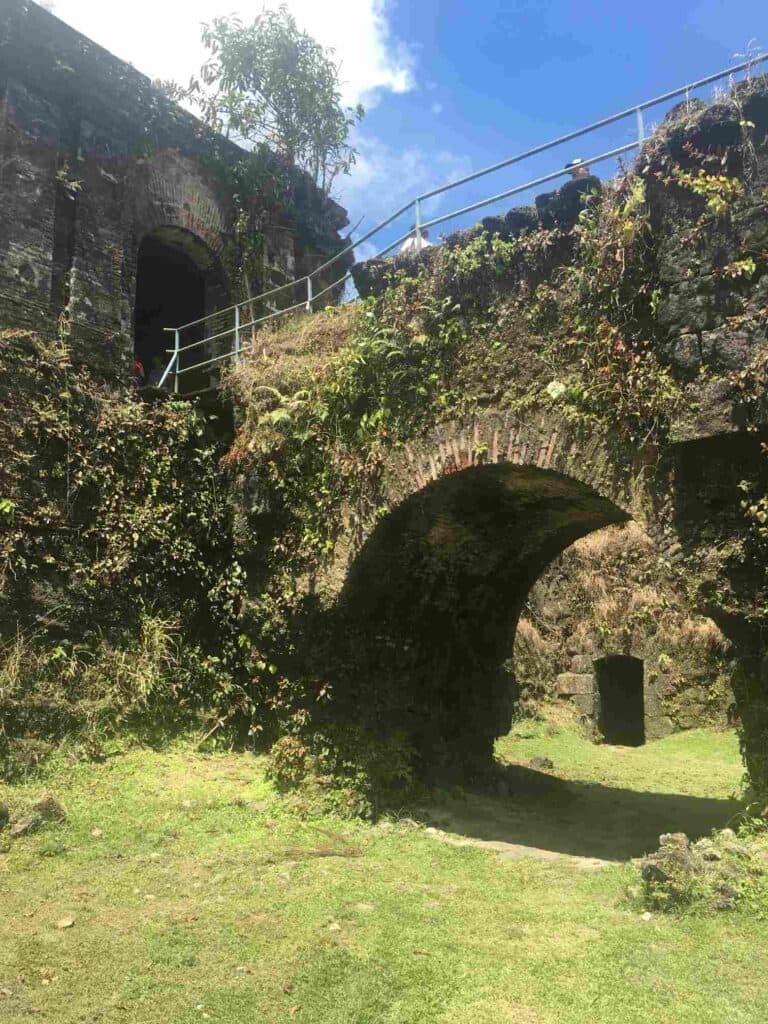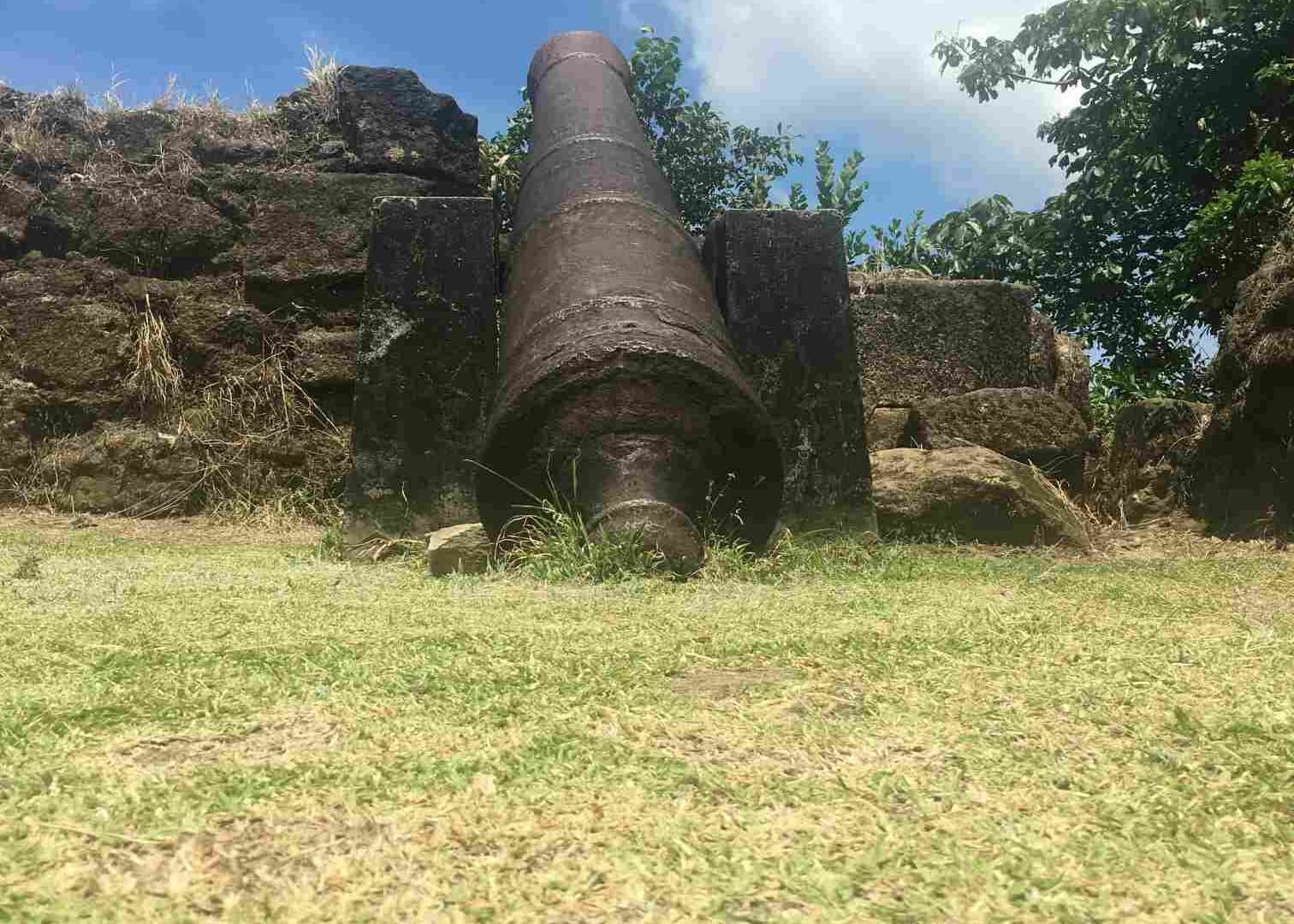To explore Colon Costa Abajo Area is to discover the lesser-known half of a province that vibrates with history, abundant nature and a different geography than the one we are used to in the also beautiful and better-known area of Costa Arriba.
The reference point to start the tour is the third bridge over the Panama Canal that since its inauguration in August 2019 has become an icon of Panamanian architecture. This work of modern engineering is the longest bridge in the country and allows you to cross to Costa Abajo de Colon rest and safe, while enjoying impressive views of the Gatun locks and the Canal exit towards the Atlantic.
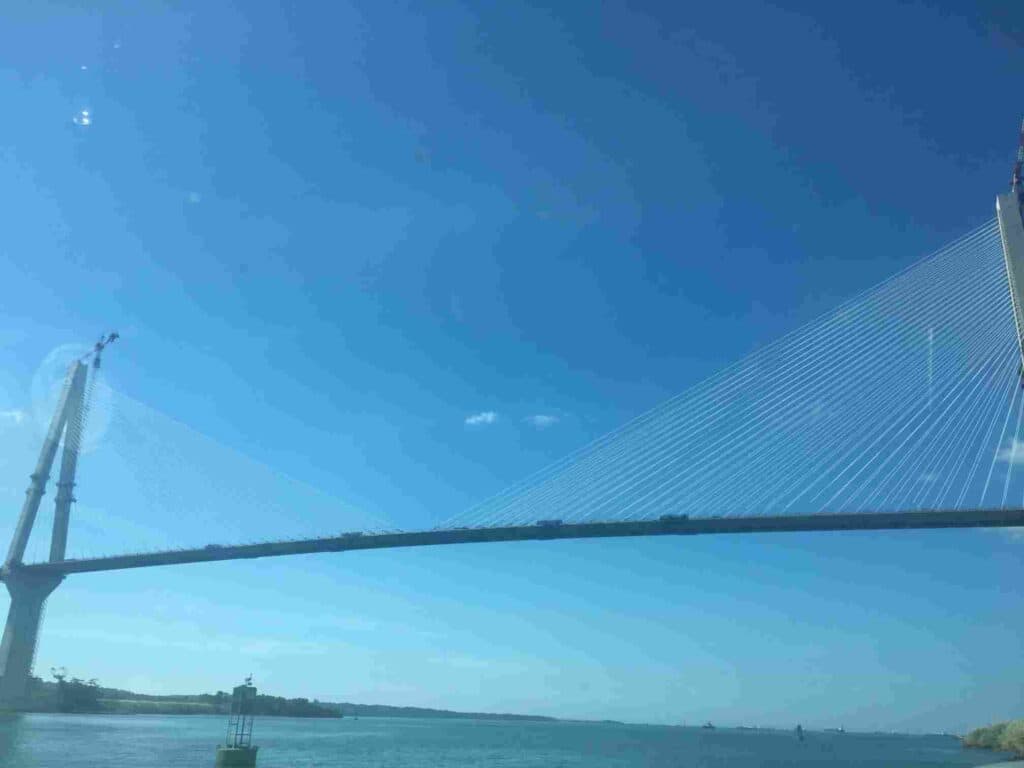
Fort Sherman
As soon as you cross the third bridge, the first stop is a place that keeps a lot of military history and tourism potential: Fort Sherman. When the Canal Zone was created, the area was restricted for Panamanians and this sector was destined to house a military fort that was used by the United Stated for military training in the jungle and where defense batteries were built to protect the Panama Canal, key players during World War II.
Today, only Battey Pratt still stands, which is used as a private telecommunications station. There is nothing complete left of the Mackenzie, Howard, Kilpatrick Baird and Reaper batteries. If you want to stop for a meal and have a very pleasant time, you should stop at the old Sherman Dock, where Shelter Bay Marina is now located, which has a restaurant and mini bar that has a nice view of the boats, yachts and sailboats of the marina. It also has accommodation for all Visitors.
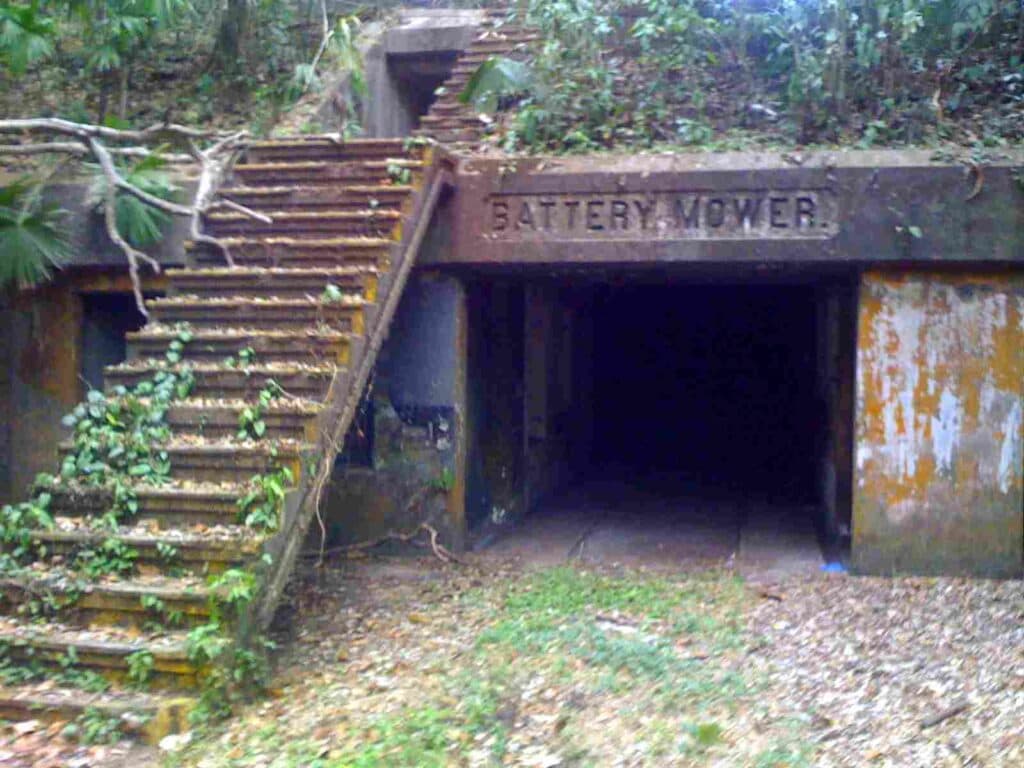
Fort San Lorenzo
After enjoying our recent 20th century military history, it is time to continue towards a monument declared World Heritage Site by UNESCO in 1980: Fort San Lorenzo. One of the most impressive and oldest fortifications of the colonial era, built on a cliff at the mouth of the majestic Chagres River and the Caribbean Sea. It was a fundamental piece to prevent pirate attacks and preserve the riches of the Spanish crown during the colonial enclave of the Isthmus for the 16th and 17th centuries.
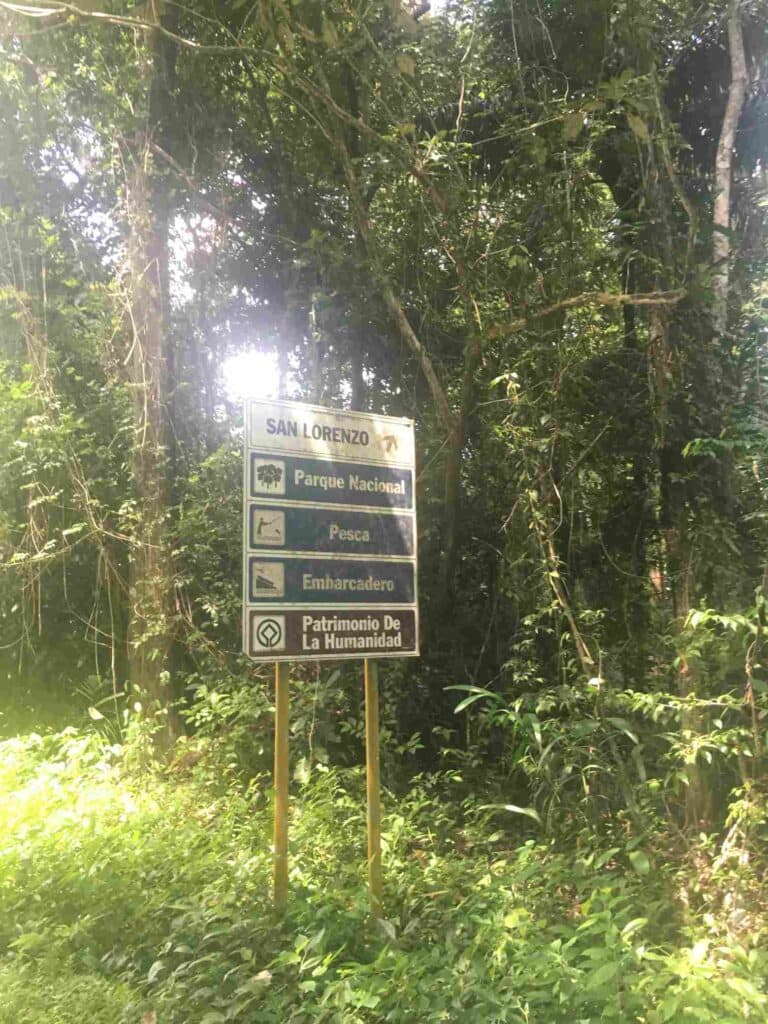
By 1800, this was the main Atlantic gate of the Isthmus, since being next to the mouth of the Chagres River, the boats anchored out in the sea and went up on bongos until they reached Camino de Cruces and then descended on mules to Panama City.
Thanks to the Portobelo and San Lorenzo Board of Trustees in conjunction with MiAmbiene, the general conditions for visitors have been improved. At Fort San Lorenzo today Visitors can find, bathrooms and nearby trails have been set up. The most visited is the El Pavon trail, due to its low intensity. In addition, at the end of the route there is a 12-meter tower that allows you to observe the forest, the entrance to the Canal and the Limon Bay.
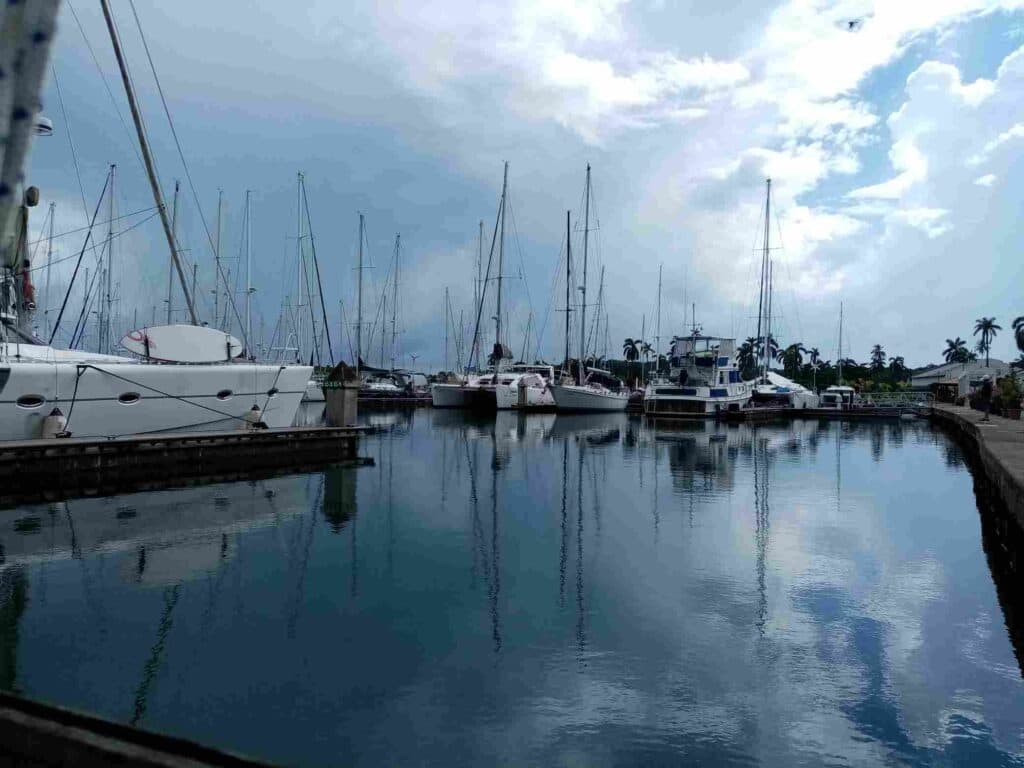
San Lorenzo Forest
Either on the way to or from Fort San Lorenzo, part of Bosque San Lorenzo is covered, a protected natural area that allows a deep look at the beginning of the Mesoamerican Biological Corridor.
San Lorenzo, has so much diversity and importance that it protects 1/3 of all species of wildlife in Panama. Of which, more than 400 are birds. This sector attracts visits from different countries around the world in search of exotic species, such as the colorful and famous Trogon, which lives in tropical forests.
Costa Abajo awaits all Visitors who wish to know a part of the fascinating history of the Province of Colon and impressive natural places. Soon we will continue visiting the rest of the culture and emblematic places at Costa Abajo, a destination to discover.
